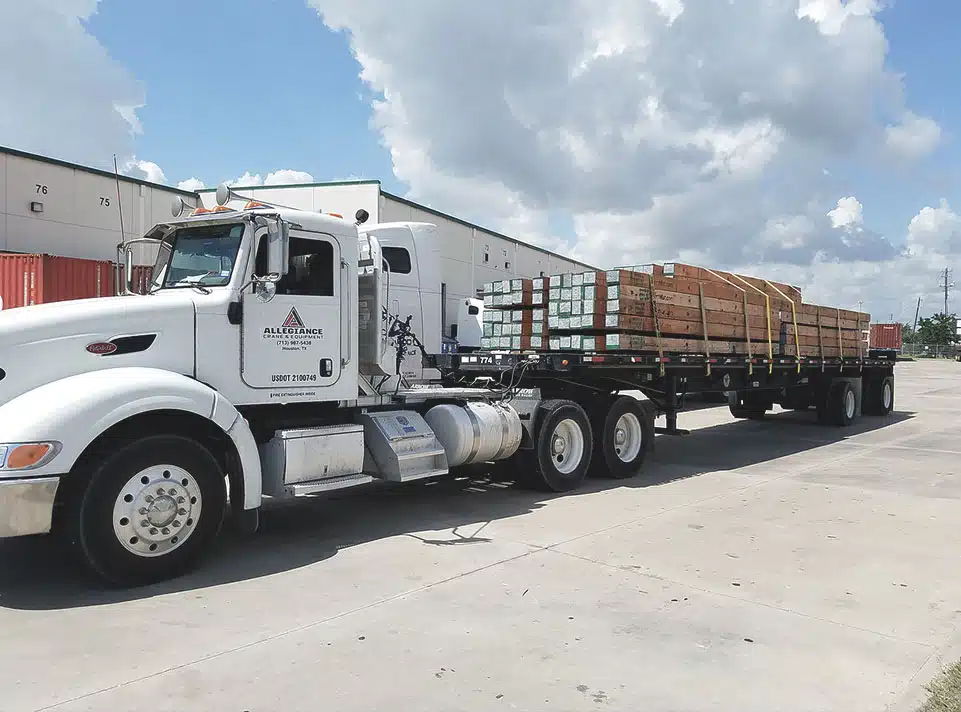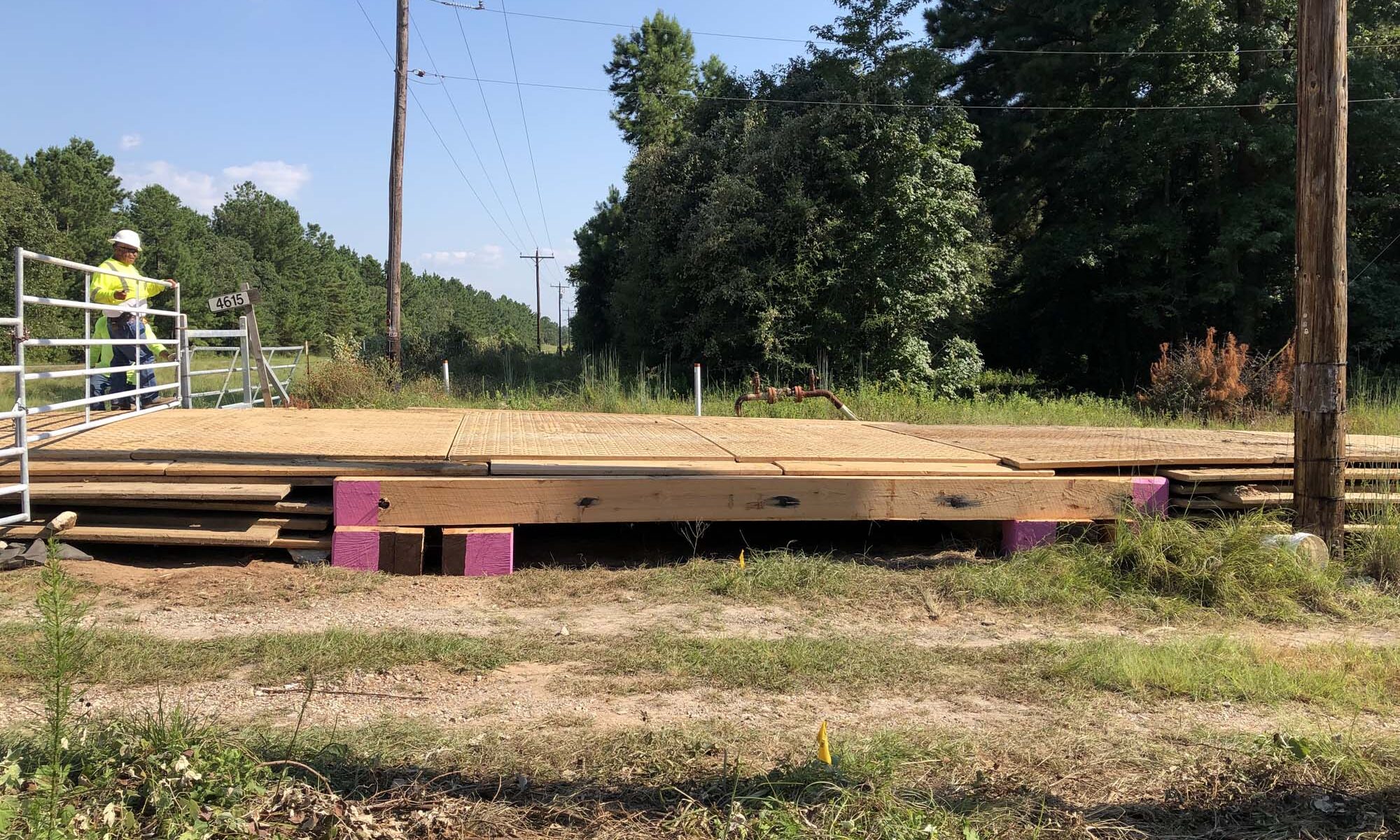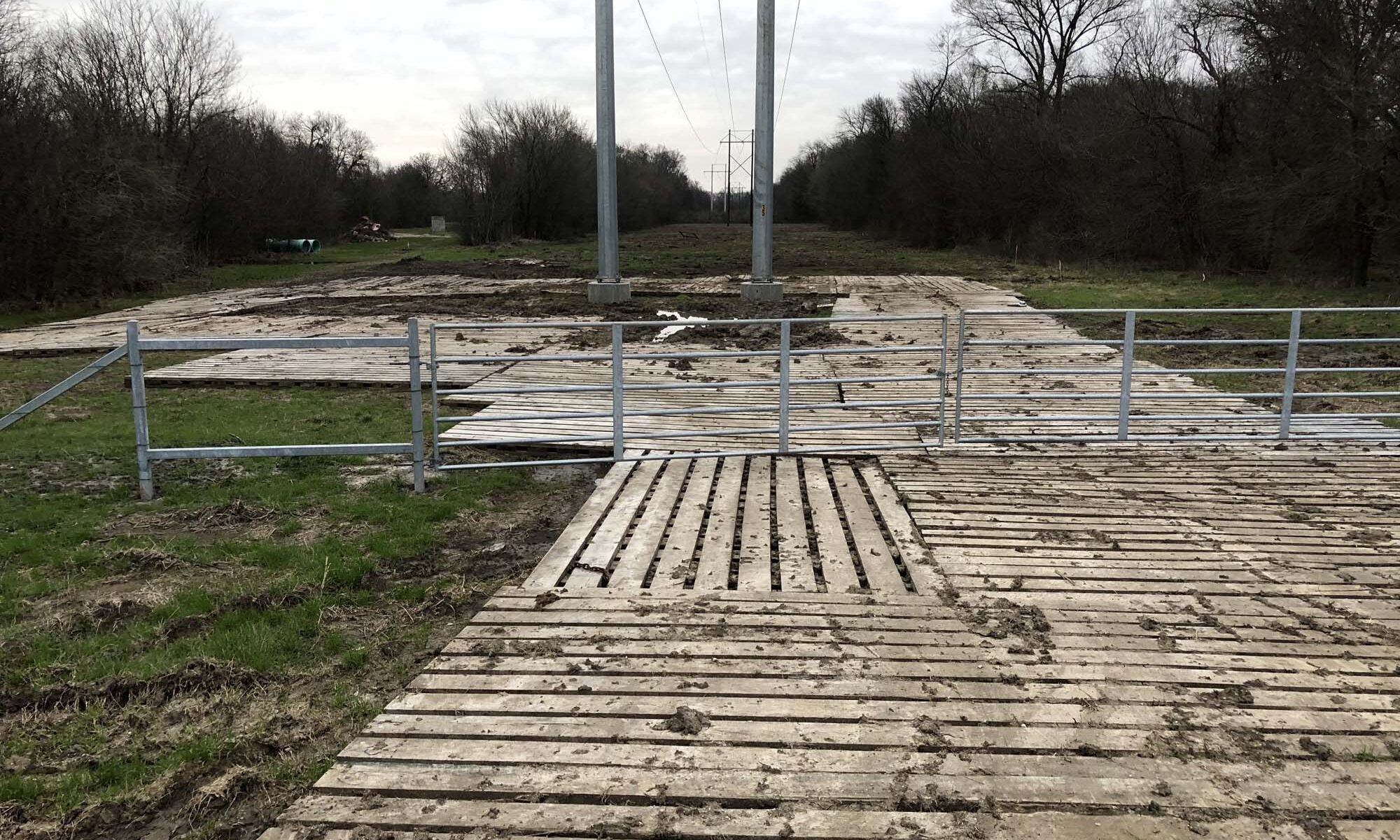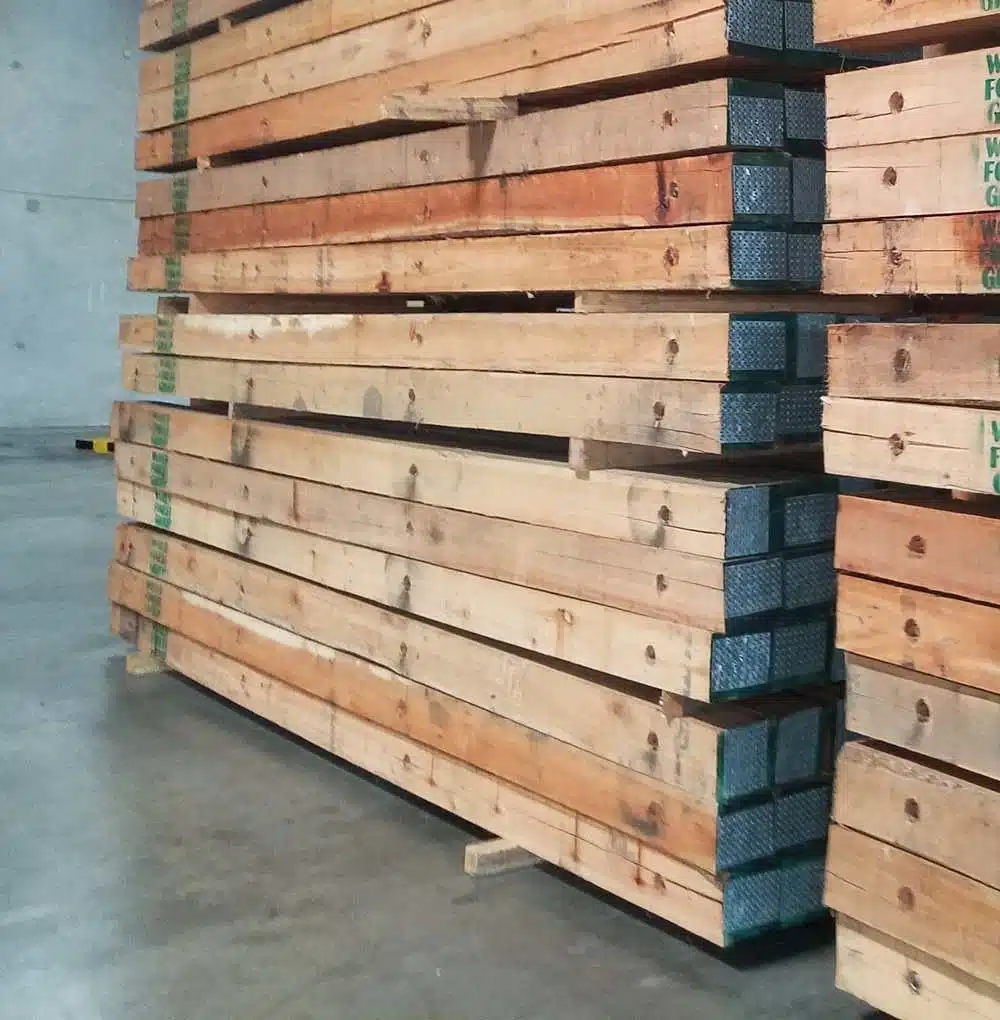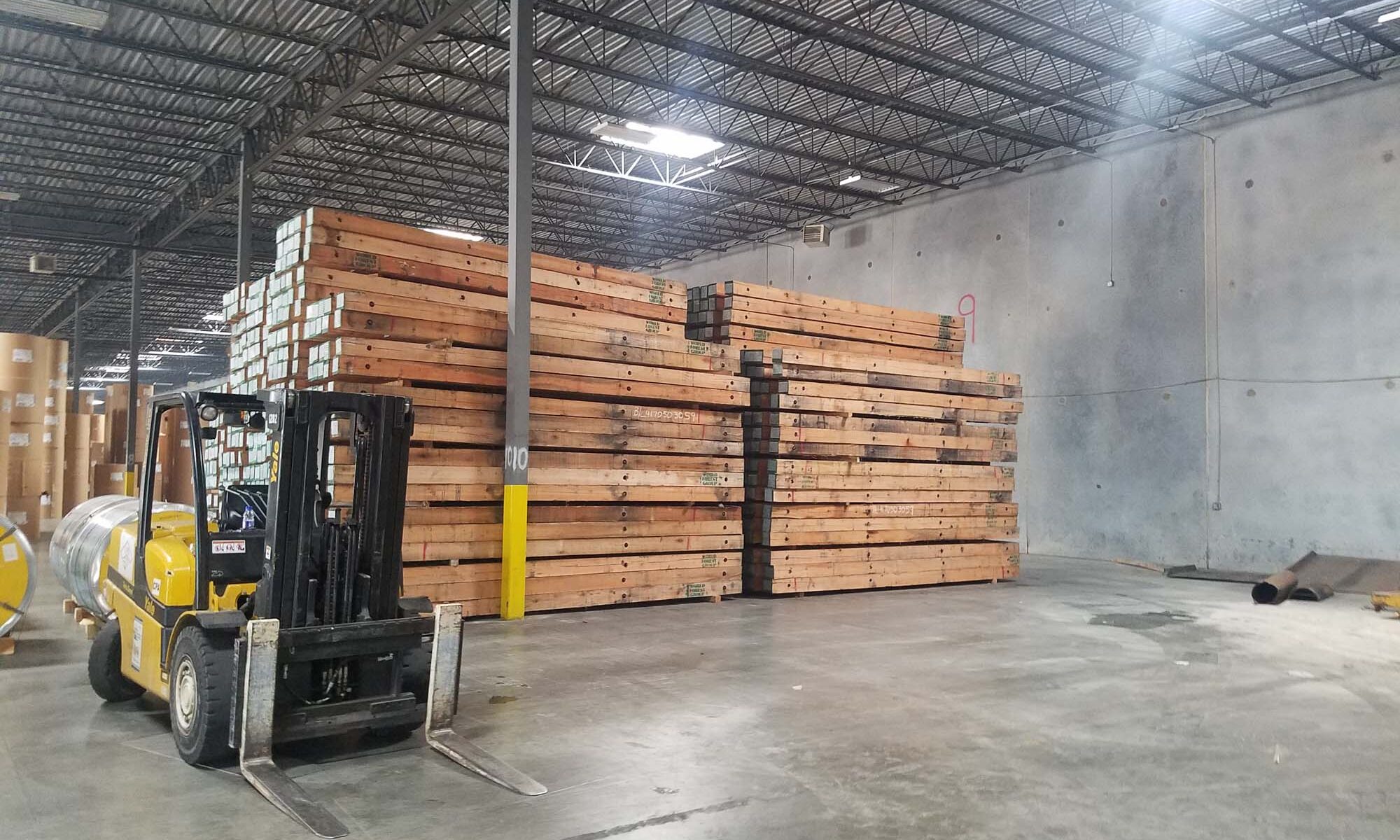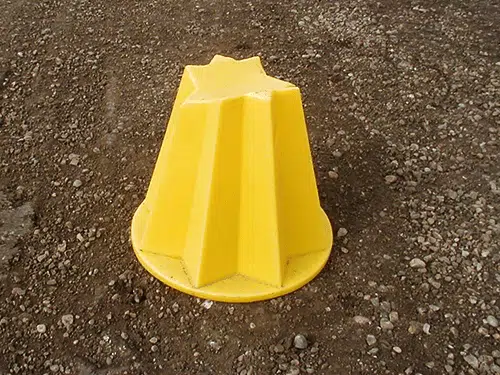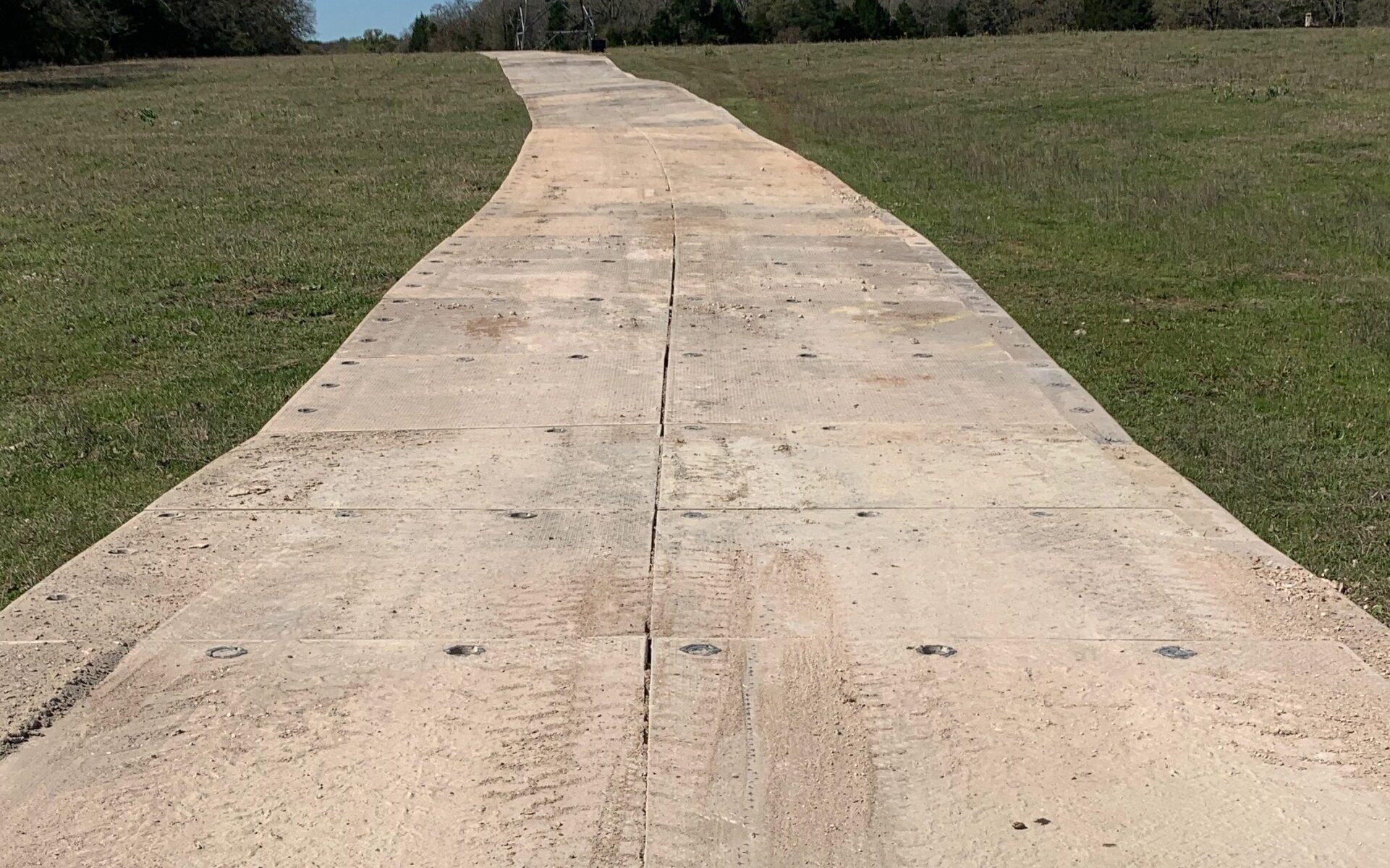
Construction Mats for Sale
Select Mat is a full-service construction mat provider. We offer construction mat for sale to to the entire Continental United States. We serve all construction industries, specializing in pipeline and T&D projects.
Our selection includes all construction mat types, including composite mats, crane mats, and timber mating. We also provide construction mat for rent as well as mat leasing on select products.
